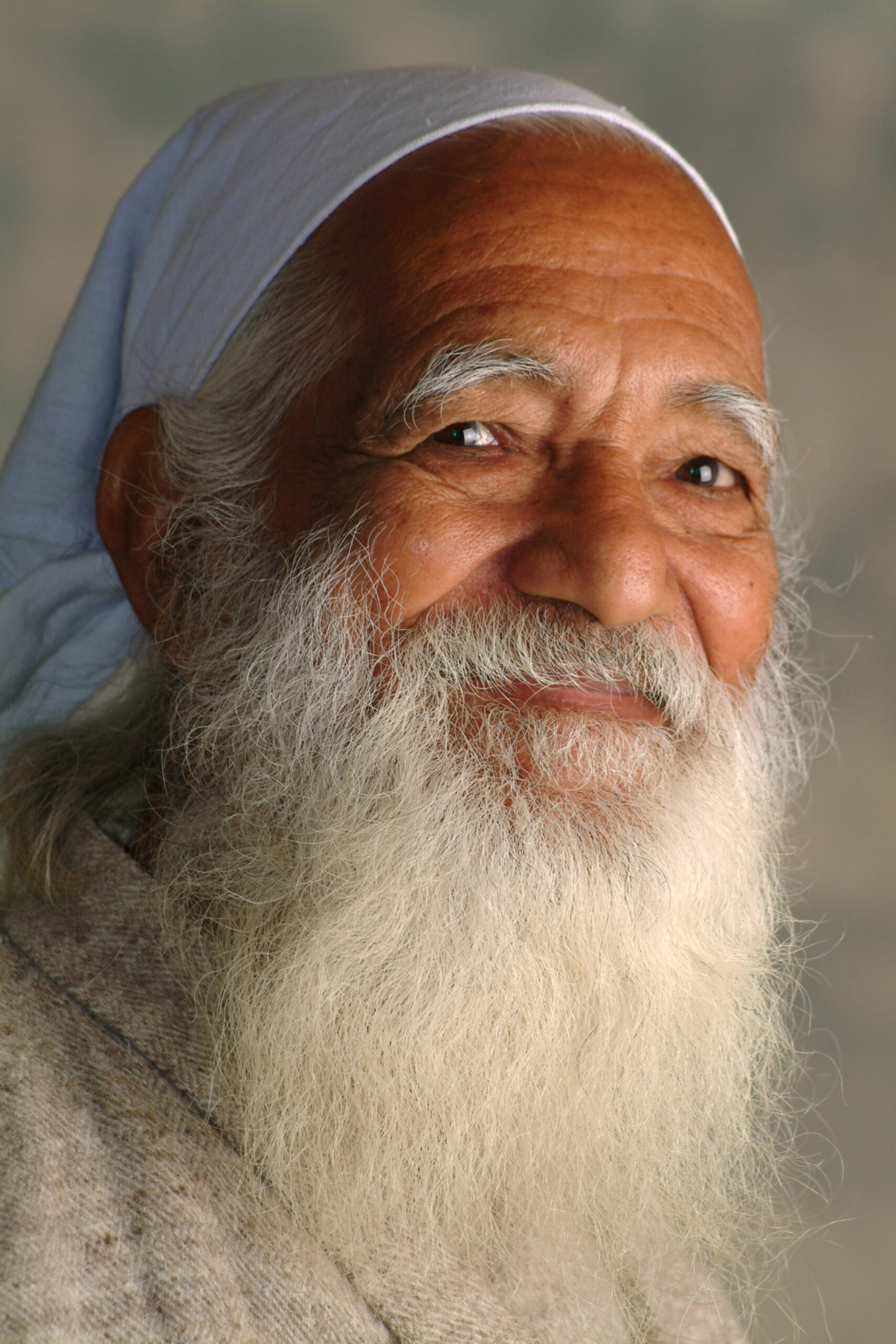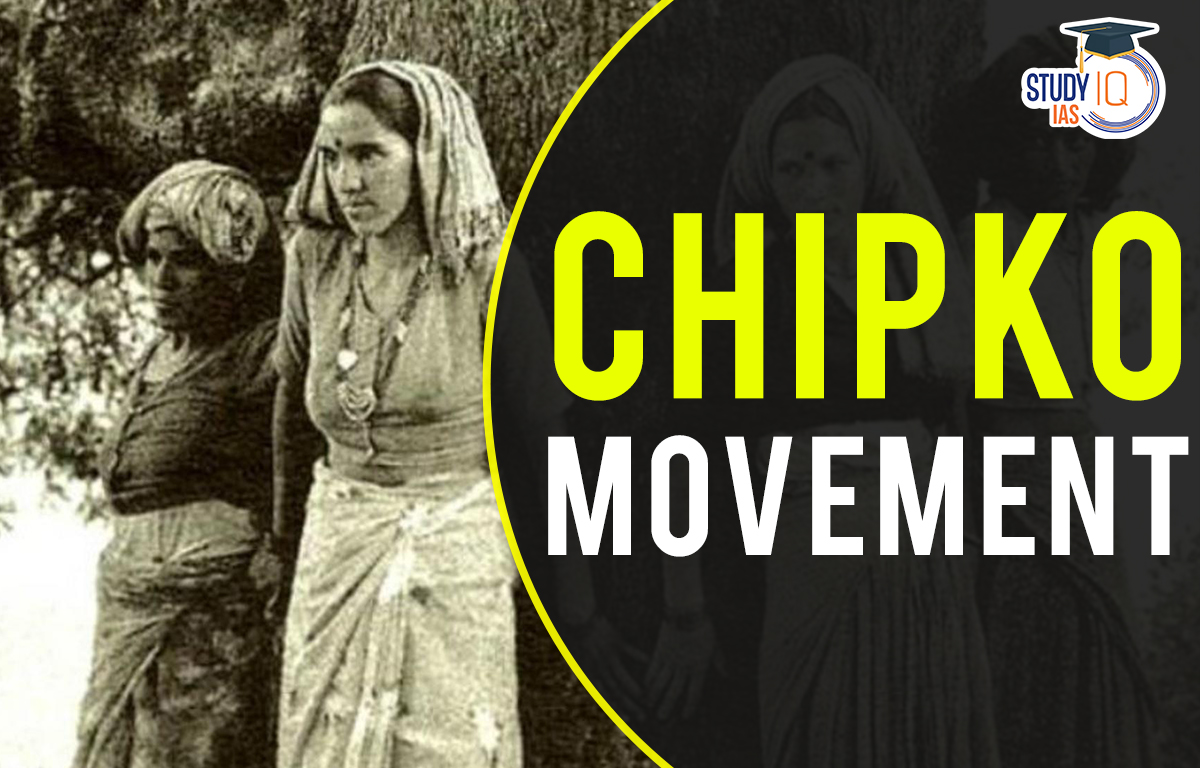Table of Contents
50 Years of Chipko Movement
Chipko Movement
The nonviolent Chipko movement also referred to as the Chipko Andolan, was established in the Himalayan area of Uttarakhand in 1973. Since the term “chipko” literally translates to “hug,” the movement got its name from protesters who hugged trees to defend them from loggers. Peasants in rural India, particularly women, started this environmental campaign in the 1970s.
To protect woods and trees from governmental-sponsored logging was the Chipko movement’s main goal. You will learn about the Chipko Movement in this article, which will help you prepare for the UPSC Exam by helping you understand the Environment Subject of the UPSC Syllabus.
History of Chipko Movement
It is a social-ecological organization that hugged trees to prevent them from falling and used Gandhian techniques like satyagraha and nonviolent resistance. Early in the 1970s, as concerns about rapid deforestation grew in Uttarakhand’s Garhwal Himalayas, the contemporary Chipko movement was born. In response to the danger posed by the state Forest Department’s contractor system, a group of peasant women in Uttarakhand, India’s Reni village, Hemwalghati, Chamoli district, and Hemwalghati took action on March 26, 1974, to stop tree cutting and reclaim their customary forest rights.
Thousands of other grassroots activities in the area were inspired by their actions. The movement gained traction in India by the 1980s, and as a result, people-sensitive forest policies were created, ending open tree-cutting in places like the Vindhyas and the Western Ghats.
Chipko Movement Causes
- After the Sino-Indian border dispute was settled in 1963, development increased, especially in the rural Himalayan regions of the Indian state of Uttar Pradesh.
- The interior routes created during the conflict attracted numerous foreign logging corporations seeking access to the region’s abundant forest resources.
- Although the rural villagers heavily relied on the forests for subsistence—directly, for food and fuel, and indirectly, for services like water purification and soil stabilization—the government’s policy prevented them from managing the lands and barred them from accessing the lumber.
- The clear-cutting of forests decreased agricultural yields, caused erosion, depleted water supplies, and raised flooding in a significant percentage of the nearby communities. Commercial logging operations were frequently poorly managed. This was the impetus behind the Chipko Movement.
Chipko Movement Leaders
One of the most striking aspects of Chipko was the extensive participation of female villagers. Due to the agrarian economy that was the backbone of Uttarakhand, women were most directly affected by environmental deterioration and deforestation, making it easier for them to connect to the problems. How much this engagement impacted or resulted from Chipko’s beliefs has been fiercely debated in academic circles.
Despite this, both male and female activists played significant roles in the fight, including Gaura Devi, Sudesha Devi, and Ghanasyam Raturi, a Chipko poet whose songs are still popular in the Himalayan region. Sunderlal Bahuguna received the Padma Vibhushan in 2009, and Chandi Prasad Bhatt received the Ramon Magsaysay Award in 1982.
6 Principles of Chipko Movement
The Chipko movement had a set of core principles that guided their activism and demands. These principles addressed ecological and social aspects of forest conservation.
| Principle | Details |
| Sustainable Forestry Practices |
|
| Protecting Ecologically Sensitive Areas |
|
| Community Rights and Access |
|
| Eliminating Contractor System |
|
| Local Village Industries |
|
| Environmental Policy and Participation |
|
Impact of Chipko Movement
The Chipko Movement finally saw success in 1980 after ten years of ferocious demonstrations. Additionally, the government imposed a 15-year ban on felling trees in the Himalayan woods of Uttar Pradesh. Additionally, the ban on green-felling extended to forests in the Vindhyas and Western Ghats.
Along with this movement, it contributed to a greater understanding of forest rights and the ability of grassroots action to influence governmental decisions. Additionally, according to the yearly State of Forests Report 2017, India’s forest cover grew somewhat between 2015 and 2017. It served as a significant source of inspiration for the massive Appiko Movement in the Western Ghats, which boosted support for other initiatives fighting environmental destruction.

Chipko Movement and Sundarlal Bahuguna
Sundarlal Bahuguna, a well-known Gandhian, is the movement’s head. (1927–2021). Additionally, he is attributed with coming up with the Chipko slogan, “Ecology is the Permanent Economy.” Later, during the 1970s Chipko movement, he propagated the notion that ecology and habitats are more important.

He also thought that the environment and the economy should coexist. Sundarlal Bahuguna enlightened the locals by highlighting the importance of trees in the environment because they stop soil erosion, create clean air, and bring about rain. Prime Minister Gandhi’s choice to enact the 1980 green-felling ban was also influenced by Bahuguna.
Chipko Movement UPSC
An eco-feminist movement that sticks out is the Chipko Andolan. Women made up the core of the movement because they were the group most immediately impacted by the lack of firewood and drinking water brought on by deforestation. Protest is a crucial and effective force for societal change. Rapid deforestation in 2017 over the century-old trees that almost formed a canopy in Jessore Road of the district of North 24 Parganas, West Bengal, also sparked a large movement that resulted in a campaign by the local population to save 4000 trees, following in the footsteps of the Chipko movement. Read all about UPSC Exam preparation by visiting the official website of StudyIQ UPSC Online Coaching. To enhance preparation for UPSC Students can go for the UPSC Mock test of StudyIQ.


 Jallianwala Bagh Massacre, Date, History...
Jallianwala Bagh Massacre, Date, History...
 Important Lakes of India, State wise and...
Important Lakes of India, State wise and...
 Buddhism History, Origin, Sect, Councils...
Buddhism History, Origin, Sect, Councils...





















